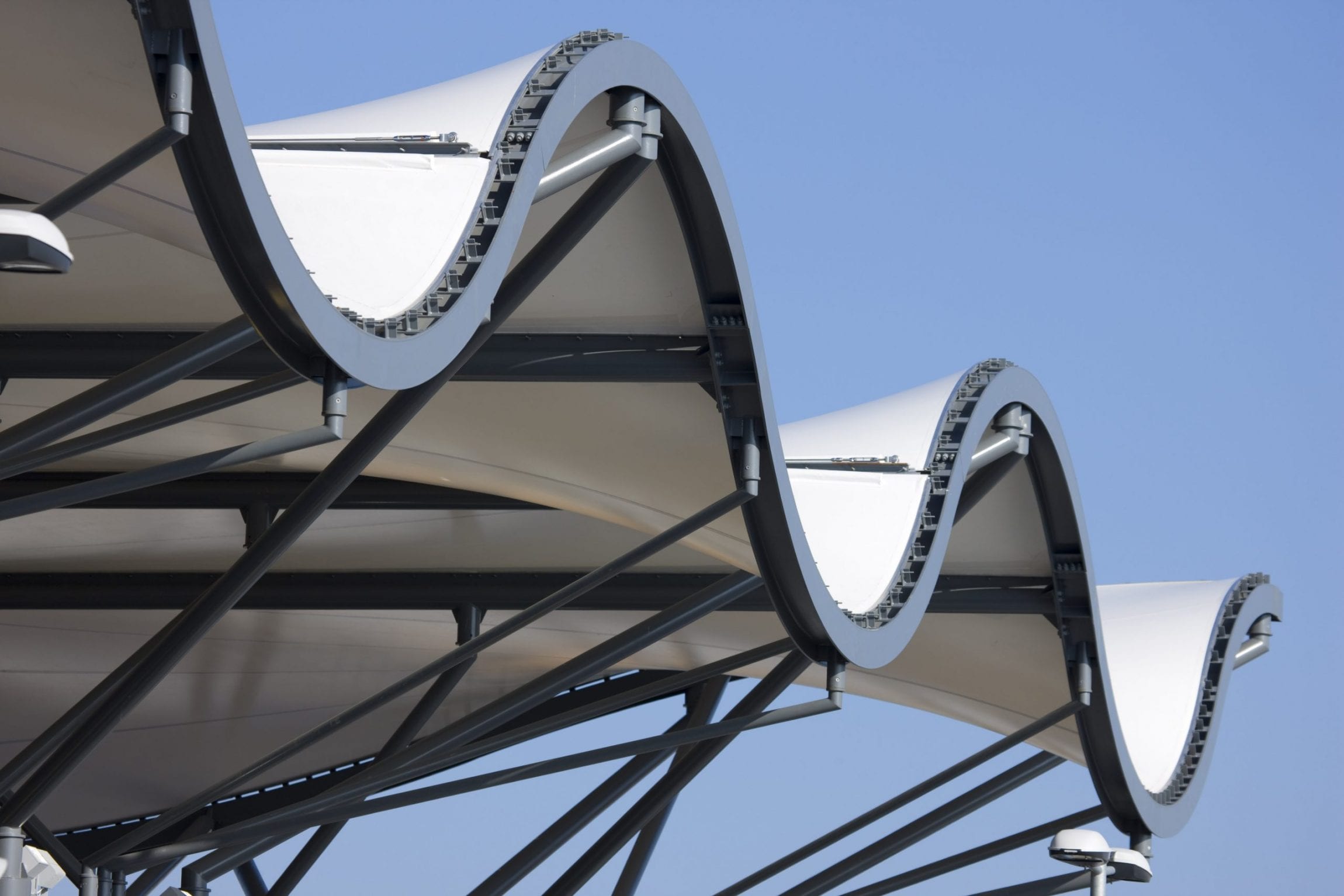Materials Used in Tensile Structures: Strength, Durability, and Flexibility

Tensile structures are a form of architecture that relies on the tensioning of materials to create a stable, durable, and visually striking design. The fundamental principle of tensile architecture is based on the concept of a structure supported by tension rather than compression. These structures, such as fabric canopies, large roofs, and pavilions, require materials that combine strength, durability, and flexibility to withstand forces like wind, snow, and gravity while maintaining their shape and function. The choice of materials plays a crucial role in ensuring the performance and longevity of tensile structures.
Strength: The Foundation of بيوت شعر
The strength of a tensile structure is primarily determined by the load-bearing capacity of its material. Tensile materials need to be capable of withstanding significant tension forces without breaking or deforming excessively. One of the most common materials used in tensile architecture is high-strength fabric, often made from synthetic polymers like PVC (Polyvinyl Chloride) and PTFE (Polytetrafluoroethylene). These materials are reinforced with strong fibers, typically polyester or fiberglass, to enhance their strength and prevent failure under load.
The strength of tensile materials is not only important for the immediate functionality of the structure but also for its safety. The fabric needs to be resistant to stretching, tearing, and puncturing, which makes synthetic polymers ideal. For example, PTFE-coated fiberglass is highly durable and resistant to UV degradation, making it ideal for large, exposed tensile structures like stadium roofs and airport terminals.
Durability: Long-Term Performance in Harsh Conditions
Durability is another critical aspect of materials used in tensile structures. These structures are often exposed to extreme weather conditions, including UV radiation, heavy rain, snow, and temperature fluctuations. As such, the materials must be capable of enduring these elements over extended periods without deteriorating or losing their functional properties.
PVC-coated polyester is one of the most durable materials used in tensile design. The PVC coating provides a high level of water resistance, while the polyester fabric underneath ensures structural strength. These materials are also resistant to mold and mildew, which is especially important in humid environments. On the other hand, PTFE-coated fiberglass is known for its superior resistance to UV rays and weathering, maintaining its strength and appearance for decades, even in harsh conditions. This material’s ability to withstand environmental stress makes it a popular choice for long-lasting outdoor applications.
In addition to fabric materials, the supporting steel cables or tensioned membranes used in tensile structures must also exhibit exceptional durability. Steel is often chosen for its high tensile strength, corrosion resistance (with coatings like galvanization or stainless steel), and ability to support heavy loads over time.
Flexibility: Adapting to Design Needs
Flexibility is a key feature of tensile structures, as it allows for the creation of unique and dynamic designs. The material must be adaptable enough to stretch and conform to the desired shape without compromising its strength or stability. Fabrics such as ETFE (Ethylene Tetrafluoroethylene), a lightweight, flexible polymer, are increasingly popular in tensile design for their ability to maintain structural integrity while being highly flexible.
ETFE is highly transparent, allowing natural light to filter through, which makes it ideal for applications like greenhouses or atriums. Additionally, ETFE can be inflated into cushions to provide extra insulation, demonstrating its versatility in various architectural contexts.
Conclusion
The materials used in tensile structures must offer a balance of strength, durability, and flexibility to meet the specific demands of modern architecture. High-strength fabrics like PVC-coated polyester and PTFE-coated fiberglass, along with flexible materials like ETFE, have revolutionized tensile design by providing the ideal properties for long-lasting, adaptable, and visually appealing structures. As technology advances, new materials will continue to emerge, further enhancing the possibilities for tensile architecture and expanding its potential applications in both functional and aesthetic domains.
